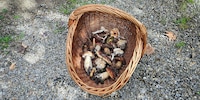
Background information
Why picking mushrooms with your family is fun, even without specialist knowledge
by Martin Rupf

2022 marks another year that Swiss fruit growers have had to deal with a late frost. I was there one frosty night to see for myself what they do to protect against it, why ice helps and how fruit growers are keeping their cool.
For the last few years, my brother Pascal has been nervous every time spring comes around. It’s pretty straightforward why. Whenever humans and nature get themselves ready for the end of winter, it makes a comeback. And that’s what happened again this year at the start of April. Snowfall even at low altitudes. Frosty nights. Minus temperatures. Christmas wasn’t even that long ago. While people just reach for a hat and scarf, nature is vulnerable and at the mercy of beastly conditions. At least it would be were it not for my brother, who puts up a brave resistance against frost. Pascal has a nine-hectare orchard with apples, pears and cherries at Lake Constance in Egnach (Thurgau).
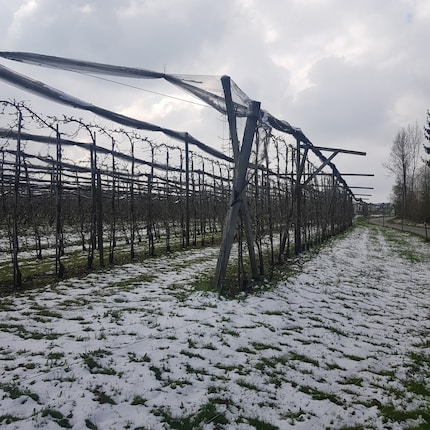
When I was checking the weather report at the end of March that heralded frost, I decided on the spur of the moment to help my brother in the fight against frost. So I traveled to Lake Constance. That was even though I wasn’t 100% sure if I’d be helping out or letting the frost defence do its job. That being said, the frost was set to be severe. But thanks to cloud cover that surprisingly lifted, temperatures didn’t drop too much. That meant that on the first night I could stay snuggled up in my warm bed. It wasn’t the case for my brother, who spent the night half asleep on the sofa with his mobile next to him. He’s got an app on it that gives him data from his weather station. If the temperature dropped below -1 degrees, the app would immediately raise the alarm. But it wasn’t going to get any colder than just below zero degrees that night.
At what temperature is it likely to be dangerous? «It’s impossible to give a sweeping statement,» Pascal says. It depends how developed the buds are on the trees. «The more advanced the bud development, the more sensitive they are.» That’s why cherry trees are more susceptible to frost damage than apple or pear trees. This explains why it takes them longer to grow.
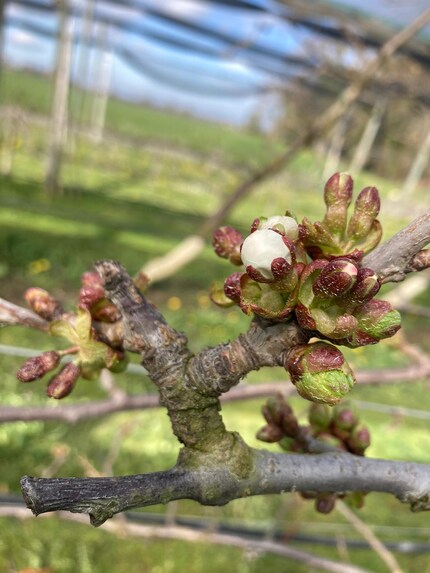
Unlike with cherry trees, there’s actually an effective and unusual method for protecting the buds on apple and pear trees from frost – namely by using ice. «When you spray the trees with water, a relatively thick layer of ice forms around the buds, which are then almost completely insulated when the mercury hits zero degrees.»
But my brother doesn’t have a water spray system like this, which is why we have to go out onto the farm ourselves the second night. At 2 a.m., the temperature drops below -1 degrees, which fortunately only brings us to our knees in a literal sense. We have to light the 400 odd candles that my brother had put between the trees the day before.
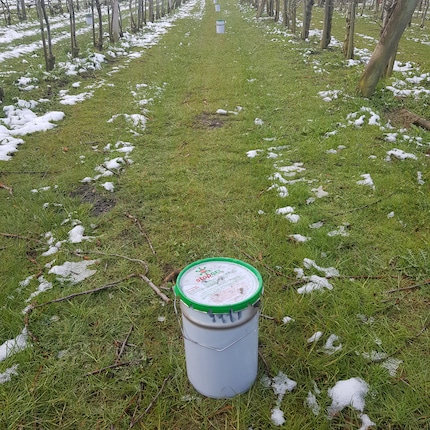
Equipped with gas burners and firelighter cubes, I move from one candle to the next. Now and then I glance high up into the cloudless sky. In spite of the sub-zero temperature, I’m still quick to break out into a sweat. It won’t be long before the entire area is bathed in warm candlelight. The scene now looks reminiscent of a party in Goa. Or the meeting of a secret cult.
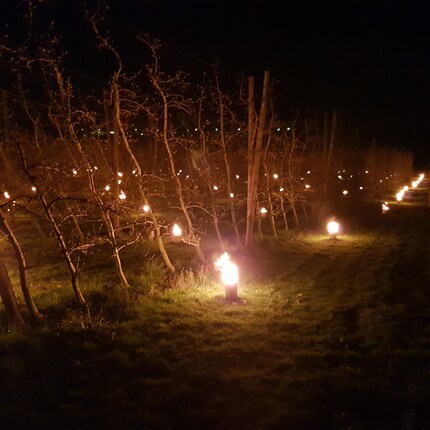
Despite their large quantity, the candles are actually only a small part of frost control measures. «For a start, they’re not particularly efficient. What’s more, you’d need thousands of candles to protect the whole farm,» my brother explains. «The candles only heat the air to a certain extent. But it’s enough to allow air circulation and prevent cold air staying in lower altitudes.» However, given that it’s becoming clear that late sudden frosts will become more the rule than the exception, Pascal Stacher has added additional measures. That’s why he’ll be using two of what are known as frost guards tonight. These are two gas-powered blowers that provide streams of hot air up to 100 degrees. A forest guard covers about one hectare.
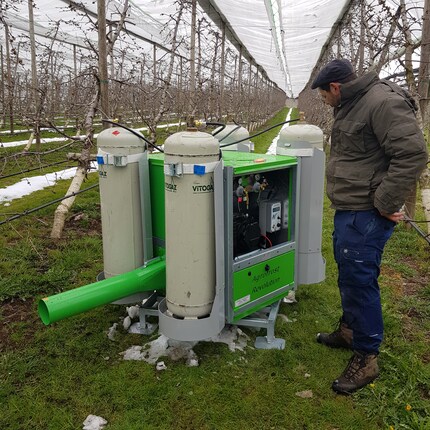
But the centrepiece of this «mechanism», as Pascal likes to call it, is the fog dragon, which he bought two years ago. This is a closed trailer that my brother drives around the grounds until late in the morning.
While I move between the rows of trees, clad in waterproof trousers and a thick jacket, in the distance I spot the headlights of the tractor pulling the fog dragon behind it. Dragon by name, dragon by nature. It’s not just the smoke that brings it to life. It’s also the fact the machine spits out heaps of embers. But why? Because inside the machine there’s a big fire of logs blazing away. Its smoke particles are combined with water vapour and sprayed across the farm. This water vapour-smoke fog then forms a kind of blanket that stops the heat from the ground escaping up into the clear sky. While it’s nice for the buds, it’s not as pleasant for me, as I get dealt a copious dose of the smoke-impregnated air.
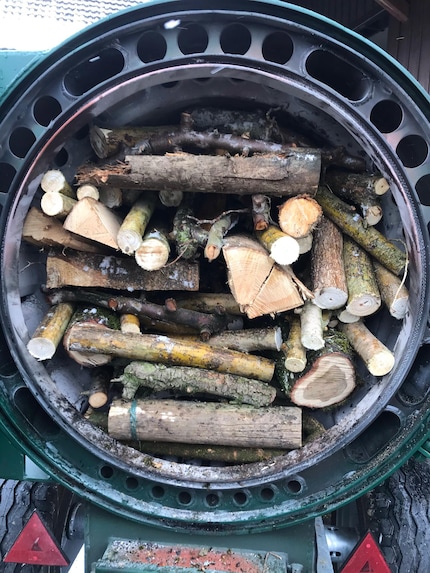
My brother drives this trailer through the grounds continuously from 2 a.m. to almost 9 a.m. I have it way better. Because once I’ve helped Pascal’s wife light all the candles, I can go to bed at about 4.30 a.m. Pascal’s efforts that evening set him back almost 5,000 francs, taking into account candles, gas and repayment for his fog dragon. Money well invested, as my brother says. «If I hadn’t done anything I might have had more than 60% crop shortfall with the cherries,» he says, convinced. «The apple buds are more resilient. But even if the bud is only partly broken, it won’t end up producing large fruit. That means I can only sell it as cider fruit, not as table fruit.» I ask my brother: «Why don’t you just take out insurance?» – «For one thing, the purpose of a fruit farm isn’t to survive on insurance pay-outs. And secondly, insurance premiums are also pretty steep.»
That’s not surprising given the amount of frost damage in recent years. «In 2017, we had extreme frost, which practically led to catastrophic failure and damage estimated at 100 million francs,» says Beatrice Rüttimann, Media Spokesperson for the Swiss Fruit Association. Similar to Pascal Stacher, many other fruit growers therefore also ended up investing in the fight against frost. «But that alone probably won’t be enough,» says Beatrice. Instead, it makes sense to grow new, cold-resistant varieties that cope better with the frost. «Based on lot of feedback from fruit growers, I assume that we got off lightly again, although not every region is normally affected the same,» says Beatrice. But fruit growers can’t breathe a sigh of relief yet. Who knows, perhaps the ice saints will get it into their heads again to put in a winter appearance in May. «But we shouldn’t overlook the fact that nature practically works in terms of stock. Simply put, only about 10% of flowers need to provide fruit for there to be a good yield,» Beatrice explains. At the moment, the fruit association is very confident that farms will be able to harvest enough fruit in the summer.
As paradoxical as it may sound, frost damage is the result of climate change and, consequently, global warming. «Because of global warming and higher temperatures, plants begin to bloom earlier, often in March,» explains Gaudenz Flury, meteorologist at SRF Meteo. «To give you an example, cherry trees hardly blossomed before April in the years 1900 to 1960. These days, early flowering in March is the rule rather than the exception.» The risk of getting frost is almost like a race between the start of flowering and the «last» frost, both of which tend to occur earlier in the year. «We’ll continue to see this problem in the future. Because plants will start blooming ever earlier,» says Gaudenz. We’ll also have to expect periods of frost going forward, even though we’re likely to see fewer late frosts because of global warming.
Just before falling asleep, I look out of the window and see all the candles glowing between trees. I can also distinctly hear the two hot air blowers and Pascal on his tractor. The thought suddenly occurs to me: «Isn’t that a bit of a paradox? My brother is switching to organic farming, and yet he’s burning hundreds of paraffin candles and gas to combat the effects of global warming.» I make a mental note to talk to him about it and then fall asleep to the grumble of the tractor’s engine.
It’s 8.30 a.m. After just shy of four hours’ sleep, I get up and look outside. The candles have been blown out and some of the metal pails have a lid on them. I later discover that someone who works for Pascal had put the candles out after a mere four hours, even though they’d normally be lit for about eight hours. In the morning, it wasn’t as cold as it had been feared.
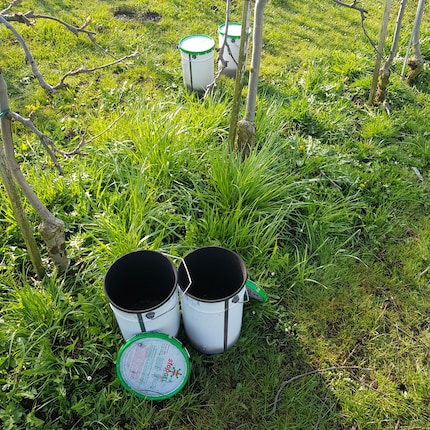
I head into the kitchen – more half-sleep than awake – make my coffee, pour it into a Thermos flask and take it out with me when I go to see my brother. Pascal is still tirelessly doing his rounds of the farm on his tractor. He takes the flask from me, tired, but obviously happy. «I’ll only know if I got off lightly at the end of the harvest.» We can’t forget that the ice saints haven’t been yet «and until then, we’re not out of the woods».
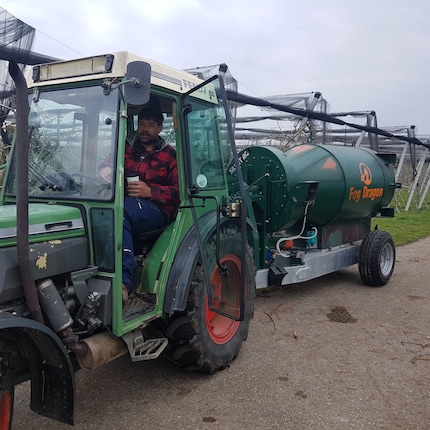
Before I get the night train home, I still have to ask Pascal the question that was on my mind before I went to sleep. «Pascal, don’t you think it’s absurd that you’re having to contend with the results of global warming by burning candles and gas?»
Like me, my brother can’t find a quick and obvious answer. «It goes without saying that I think about it. What it comes down to is weighing things up.» The bottom line is that he’s convinced his fight against frost pays off, not just economically but also ecologically. «I produce about 400 tonnes of fruit on my farm every year. If the frost destroyed a large portion of my fruit, it would have to be imported from abroad, because demand far outstrips supply.» He believes his produce has a good environmental footprint. «An orchard absorbs almost as much CO2 as a forest.» After all, the term «sustainability» needs to be considered by looking at each case in point in its entirety. «In the worst case scenario, if I had to give up my business because of large crop failures year-on-year caused by frost, this in itself wouldn’t be sustainable overall.»
But of course, he sees room for improvement in frost control. «Burning candles is indeed not ideal. If I could use biogas in the frost guards one day, that would be great.»
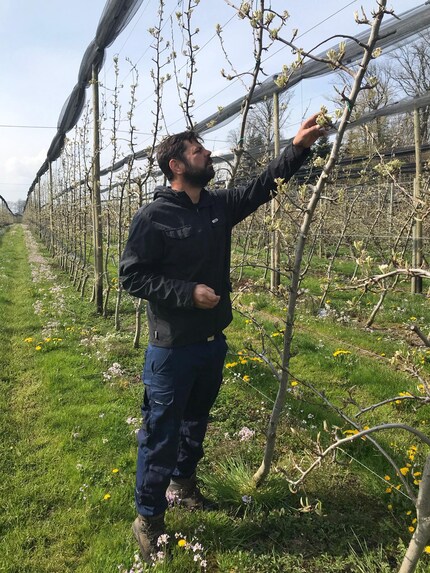
Pascal thinks the effort was worth it because we were able to raise the temperature by the few degrees needed. And apart from that, it was important to test and put the «mechanism» into practice again. Because the sad thing is the likelihood of a late frost keeping my brother on his toes is as certain as hearing amen in a church. But he’s getting less nervous in spring as the years go on. The frost might mean more work, but it’s stopped giving him a hard time.
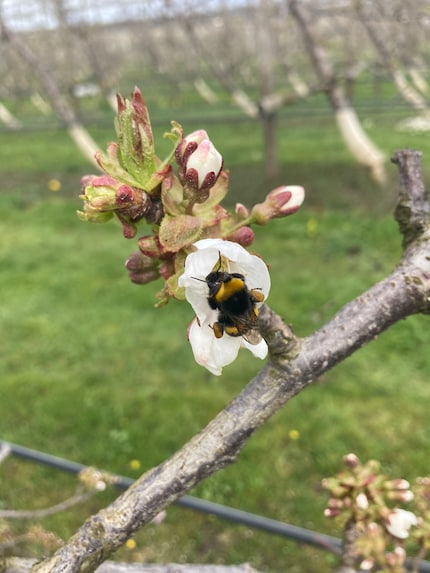
Half-Danish dad of two and third child of the family, mushroom picker, angler, dedicated public viewer and world champion of putting my foot in it.
Interesting facts about products, behind-the-scenes looks at manufacturers and deep-dives on interesting people.
Show all
Background information
by Martin Rupf

Background information
by Michael Restin
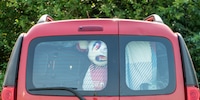
Background information
by Michael Restin